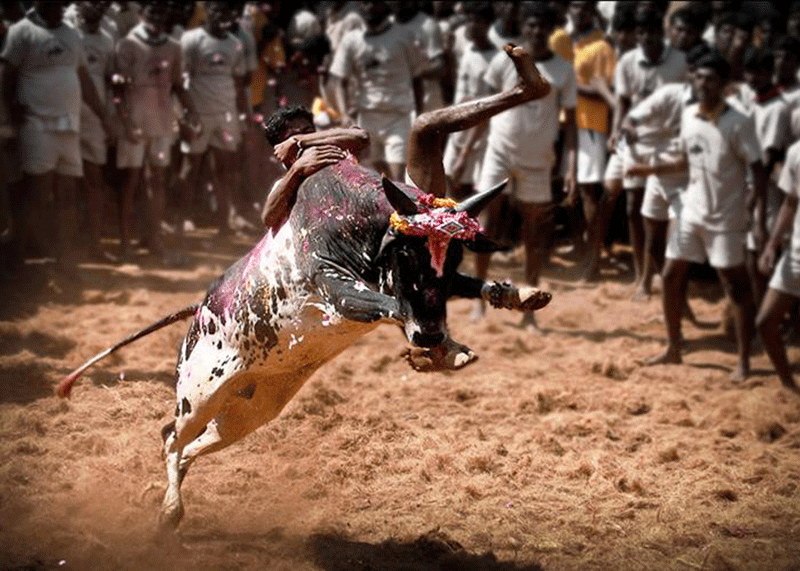Bullfighting, a spectacle usually associated with countries of Hispanic origin, consists of a person called a matador, and a charging bull. The main goal of the matador and his assistants is to kill the bull. Although this form of entertainment often seems unusual in other countries, it has been a part of Spanish culture for decades.
Bullfighting season usually begins in April and lasts until September. In countries like Spain, there are many popular bullfights which take place at the San Fermin festival in July.
Bullfighting, while undoubtedly a huge part of Spanish culture, has become controversial because of the treatment of the animals for the entertainment of the audience. During the bullfight, the bull is stabbed and often abused prior to the fight, resulting in the aggression of the bull. The focus of the bullfight originally was the brave matador, but the controversial sparks have diverted that attention to mainly the animal.
Spanish teachers Earl Nowak and Carolyn Sanchez both spoke on behalf of the culture of bullfighting and also the treatment of the animals.
¨I personally don’t agree with it,” Nowak said. “I don’t think it should be allowed, but since I’m not a part of that culture I don’t understand it fully. I think in many cases the animals are abused, mistreated, and tortured.”
“I don’t believe in bull fighting. I understand the cultural significance and the tradition that is part of the bullfight. These days, some places are fighting the bull but not killing it, which I think is a better solution. Still, the bulls are trained to fight, which is cruel.” said Sanchez.
Sophomore and Futuro Latino club member Anna Donada also offered her feelings about the handling of the animals.
“I think they should find a way to keep the culture rich and real but also create a way that does not harm the animal,” she said.
Bullfighting has been a part of the Spanish culture for centuries, and will undoubtedly bring many spectators in these upcoming months despite some opposition.


